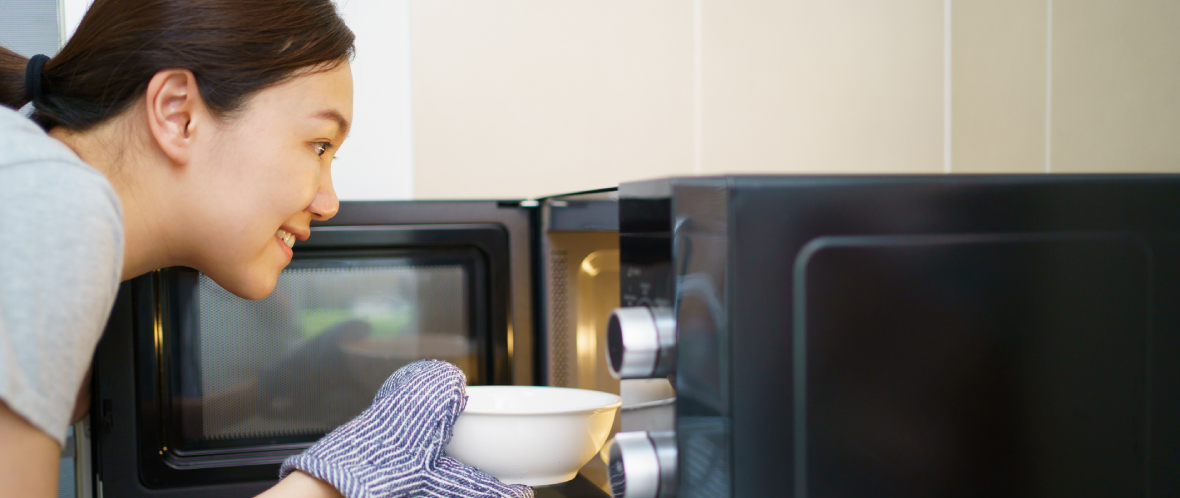The microwave is a kitchen essential, but many neglect to clean it properly. While wiping down the surface may seem sufficient, bacteria can also thrive on the interior walls of the appliance. These bacteria can potentially lead to serious health concerns, such as an increased risk of sepsis.
What Kind of Bacteria Lurk in Microwaves?
According to a research report published in Advances in Microbiology, an international journal, researchers from Spain analyzed 30 microwaves from kitchens, office pantries, and laboratories. They discovered over 700 types of bacteria in uncleaned microwaves, including micrococci and various bacilli. These bacteria can cause serious health problems like pneumonia, pericarditis, food poisoning, and even sepsis.
The Dangers of Sepsis
These bacteria can contaminate food and cause food poisoning, gastroenteritis, and other illnesses. In severe cases, bacterial infections can lead to sepsis, causing blood clots to form in various parts of the body, blocking oxygen flow in the bloodstream, and potentially leading to organ failure.
Why High Temperatures in Microwaves Don't Sterilize
Many people assume that the high temperatures generated by microwaves are enough to kill bacteria. A nephrologist explained that some microorganisms can survive even in extreme heat, and that food splatters during microwaving create a breeding ground for bacteria. Also, the typical heating time of less than five minutes may not be long enough to kill all the germs. Additionally, microwaves heat food by causing its molecules to vibrate, which denatures proteins and kills bacteria. However, the interior walls of the microwave do not experience such a heating process.
Microwave Cleaning Tips
Regular Cleaning:
To ensure optimal hygiene, it is recommended to clean your microwave daily to prevent grease from hardening. For a thorough weekly cleaning, remove and wash the turntable. Then, use a cleaning agent to wipe down the interior, focusing on areas with food stains.
How to Avoid Spills:
Use a lid or leak-proof wrap to cover your food when heating it in the microwave.
The Vinegar and Water Hack:
Step 1: Mix 100cc of vinegar with 100cc of water (equal parts) in a microwave-safe container.
Step 2: Microwave the mixture for 10 minutes until it steams.
Step 3: Allow the steam to stay in the microwave with the door closed for another 3 minutes before wiping down the interior with a damp cloth.
The Lemon and Water Hack:
Step 1: Juice half a lemon and mix the juice with 200cc of water in a microwave-safe container. Then, add the lemon peel to the mixture.
Step 2: Microwave the mixture for 5 minutes until it steams.
Step 3: Allow the steam to stay in the microwave with the door closed for another 5 minutes before wiping down the interior with a damp cloth.
The Dishwashing Liquid Hack:
Step 1: Combine one teaspoon of dishwashing liquid with a bowl of water.
Step 2: Microwave the solution on high for 3 minutes.
Step 3: Keep the microwave door closed for another 5 minutes before wiping down both the inside and outside of the microwave with a dry cloth or sponge.
Maintaining microwave hygiene is crucial for food safety. Regular cleaning and sanitization can significantly reduce the growth of bacteria and microorganisms.

